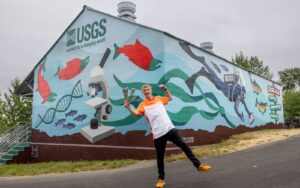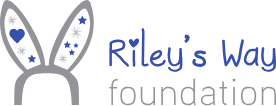blog
SOS: Save Our Salmon
By Tatiana Simmons, Alumni Engagement Intern
Austin Picinich is an 18 year old freshman at The University of Washington. Austin founded the 2023 Call For Kindness project, Save Our Salmon Through Art (SOS), to create vibrant public art projects and murals in the Greater Seattle area that engage, educate, and empower communities to restore salmon spawning streams. Austin has been an artist for as long as he can remember, yet he didn’t start his Save our Salmon murals until he was in 11th grade.
Austin has always liked painting, but he found the most effective way was to involve the community in an interactive painting format. So, he started leading community paint days to work on his murals.. He’s led the creation of three Save Our Salmon murals along three different streams in the Seattle area. So far he’s had over 700 volunteers come out to paint by number, participating in painting Save Our Salmon murals and learning about salmon.
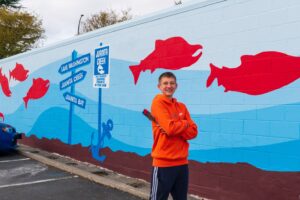 Tell me a little bit about yourself.
Tell me a little bit about yourself.
My project is Save Our Salmon murals. I started when I was in 11th grade. I went to Juanita High School and lived along Juanita Drive. When I was in 11th grade I learned that Juanita Creek, which is the Salmon spawning stream on the street that I live on, only had 3 salmon return to spawn [release their eggs]. I wasn’t really a biologist or salmon expert but I wanted to do something and my first thought wasn’t how there are only three salmon, but how I did not even know there was a stream here.
The problem is that a lot of urban streams in the Seattle area are under culverts which means they flow in pipes underneath the road. Because of that they are almost invisible when driving above. Even though I drove above the stream every single day to go to school I had no clue there was a stream below. So my idea as an artist was to take this 100 foot long blank white wall and paint vibrant salmon swimming all along it. If people can’t see the stream below, they can’t miss the 100 feet of salmon, making the invisible stream a little bit more visible.
How did you get connected to Riley’s Way?
I knew someone who had applied last year because it’s a small world of teens who are doing cool projects and we all seem to know each other. I found out from another student who was leading a project and they suggested we both apply. I thought what a cool organization that supports (for me) leading mural projects. I’m figuring it out as I go, so the first mural I painted was the first mural I’ve ever done. I have this idea but I’m still learning how to do it as I’m doing it. Meeting other students who are doing similar things and having all this access to mentors is amazing. I’ve talked with [Riley’s Way Executive Director, Dr.] Christine [O’Connell] several times and met with her. She has a science background and so having all these perspectives is cool – being able to have all this advice and mentorship, building a community and meeting other students through Riley’s Way.
How has Riley’s Way improved your goals for your project?
I think it’s cool that we meet every month because it keeps me accountable. I’ve met with Christine several times and she helps me with things I’m getting stuck with or on current issues I’m trying to solve. I schedule a follow up meeting every month to keep me accountable on what I’m working towards and make sure I’m actually working on that. One of the things I’m doing is building and launching a website for Save Our Salmon murals. Essentially, it will be a hub for other artists to learn about different projects and start their own mural projects. That’s the newest thing I’m working on.
How have you grown being a C4K fellow?
I’ve learned that collaboration is probably the most important thing. I have all these ideas and things I want to execute but it’s more powerful to work with other people. So being in a community format and meeting other people who are working on their own projects makes so much room for collaboration with people who have similar goals and projects. Just the impact is so much bigger when you involve other people in it. It gives the community a sense of ownership in being a part of it.
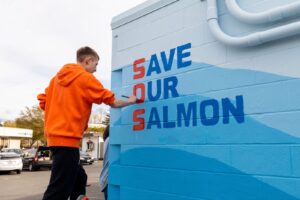
How has Save Our Salmon impacted your life?
It taught me that art is really powerful and can have a purpose. Before 11th grade I would just paint canvases on really small paintings and it was super fun and I liked it. I’ve always enjoyed creating art, but it’s so much bigger and art can be a powerful way to rally the community around a common cause. I learned that art can be educational and teach someone something and engage people. You can have such an impact with something and you might not think it makes a difference, but it does.
Where does Save Our Salmon fit into your long term career plans?
I am majoring in marketing and minoring in leadership while also doing a little bit of graphic design and art. My favorite part is the campaign behind it. To scale and grow Save Our Salmon murals I picture leading the campaign and movement. Marketing behind the whole initiative and then eventually growing it to the part where we can work with all sorts of artists and different communities instead of having me design every mural and lead every mural project. I want it to be bigger than that and so the marketing side is what I’m trying to tap into to take it to the next level.
What values and principles do you live by?
I believe that no matter what skills we all have, there’s some way we can make our community a better place. It doesn’t have to be something big, it can start with something small. I believe that Call For Kindness, just the word kindness, everyone everywhere has a chance to be kind. With our own unique perspectives and skills I may look at something different than someone in a different field being that I’m an artist. I believe that everyone can make an impact and be kind and do something positive. It looks different for everyone so we shouldn’t try to measure who’s being the kindest.
How do you feel you and your project embody the Riley’s Way values of kindness, empathy, and inclusive community?
I definitely think that an inclusive community is knowing that the community where I live didn’t all know about the salmon below the street so it was important to include the whole community in education. Salmon watchers had a group of volunteers coming out to do salmon restoration, but the problem is people like me didn’t know the stream existed. So creating a big education event where the whole community can learn about the stream, salmon, and how to be a better stewart creates longevity and gives the whole community a sense that we are all stewards to the stream.
The whole thing about a paint by number format is that you don’t have to be a skilled artist, anyone can participate. It’s super inclusive where we’ve had 5 year olds pick up a paintbrush and 95 year olds pick up a paint brush. Anyone can come together and leave that mark on the wall and because of that we have all these neighbors and students drive by and say I helped paint the wall. So just including everyone in the project has been the most important part.
